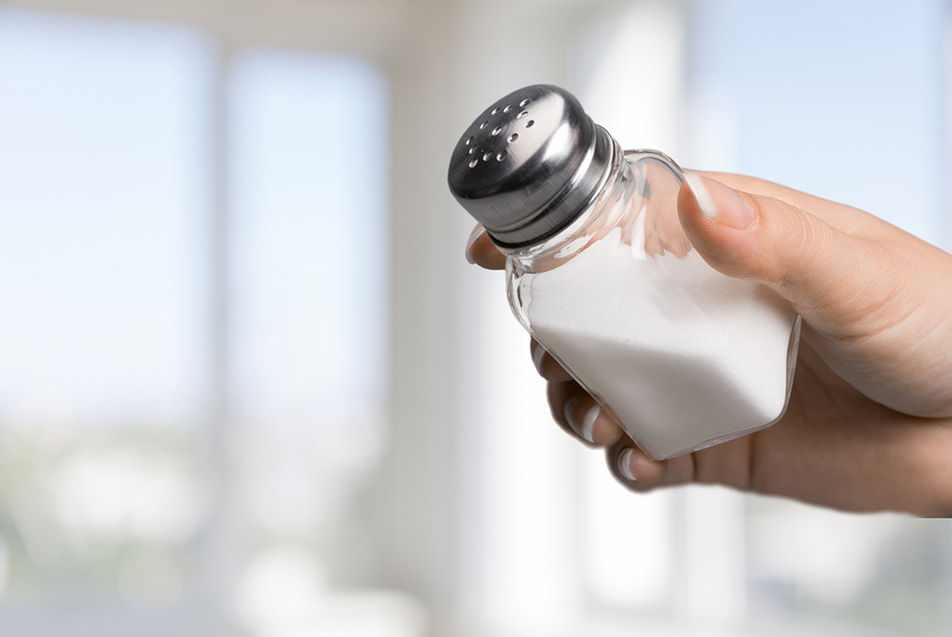
Osteoporosis is on the rise in women and men, and though it is associated with the age-related drop in hormones, there are other contributing factors to the loss of bone density. Angela LaSalle, MD, PPG – Integrative Medicine, tells us more.
While we think about lack of exercise, vitamin D deficiency, and low magnesium as contributing factors, high sodium intake is an additional factor in the loss of calcium from the body.
Sodium plays an important role in nerve and muscle function and the water balance of the body. Under normal conditions, the kidney maintains a tight balance of sodium, however, if sodium intake exceeds more than about one teaspoon or 2000mg of sodium, then calcium may be lost. The recommended daily intake of sodium is about 2400mg, however, studies have shown that on the average American consumes between 2300 and 4700mg of sodium per day.
Even those who do not use a salt shaker may be taking in too much sodium. Processed foods and sauces can be very high in sodium content. Fast food may easily exceed the 2400mg recommended daily value, and can easily exceed the body’s normal compensatory mechanisms. Osteoporosis is a multifactorial disease, and certainly, high sodium intake isn’t the only risk factor that needs to be addressed, but when we’re doing our best to assure good calcium intake to maintain bone density, a high sodium diet can work against us.
Don’t be fooled by food labels touting reduced sodium. “Reduced sodium” only means that there is 25 percent less per serving as compared to the reference food. “Sodium free” denotes less than 5mg per serving, but be sure to pay attention to the portion sizes on the label. The best bet is to reduce intake of processed foods, read food labels and choose lower sodium items and to decrease the use of table salt.



